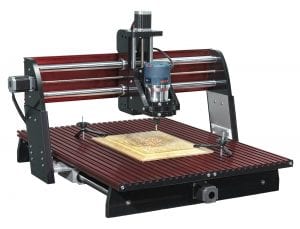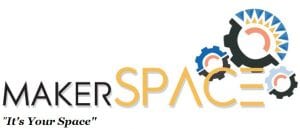
2-in-1 Computer Numerical Control Machine
Currently, The Makerspace does not have a functioning Computer Numerical Control (CNC) Machine, nor does it have a laser cutting machine for aspiring engineers to use on their projects. Purchasing a commercial CNC machine and laser cutter separately can cost well over one hundred thousand dollars. Not only are they expensive, they also take up a lot of valuable space within the workroom. These machines are not very user friendly and are difficult to use effectively without prior knowledge or training.
By creating a user friendly 2-in-1 machine, similar to the one shown above, this project aims to allow engineering students an effective way to prototype their projects. The CNC machine will be a dual function mill and laser cutter and students will be able to switch between cutting tools as needed. This versatile design will provide access to two separate manufacturing methods, but on a much smaller footprint than two separate machines, maximizing valuable floor space in the room. The time spent manufacturing on student projects will be reduced with the availability of this machinery. Costs for this project will be reduced by purchasing the required parts and assembling the machine on site.



